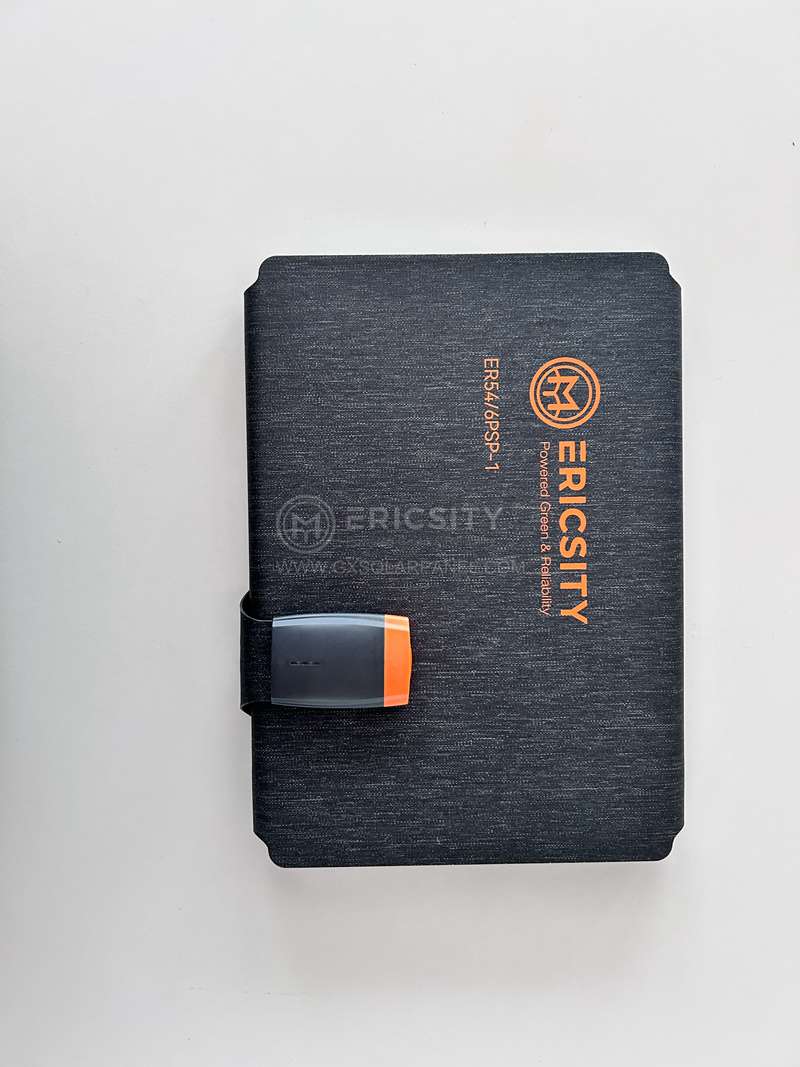HOT PRODUCT
Product Details
The Flexibility Factor: A Comprehensive Guide To Semi-flexible Solar Panels
The Flexibility Factor: A Comprehensive Guide To Semi-flexible Solar Panels
In recent years, solar energy has emerged as a game-changer in the renewable energy sector. As technology advances, so does our ability to harness and utilize the power of the sun. The development of semi-flexible solar panels is a prime example of this progress. These innovative panels offer a range of advantages over their rigid counterparts, making them a promising solution for various applications. In this comprehensive guide, we will delve into the world of semi-flexible solar panels, exploring their features, benefits, and potential uses.
What Are Semi-Flexible Solar Panels?
Semi-flexible solar panels, also known as thin-film solar panels, are designed to be lightweight, thin, and bendable to a certain degree. Unlike traditional solar panels, which consist of heavy and rigid materials such as glass and aluminum, semi-flexible panels are made with flexible polymers and thin layers of photovoltaic material. This allows them to conform to curved surfaces, making them highly versatile and adaptable.
Advantages of Semi-Flexible Solar Panels
1. Flexibility: As the name suggests, the main advantage of semi-flexible solar panels is their flexibility. They can be bent, curved, and even affixed to irregular or curved surfaces such as boat decks, RV roofs, and car rooftops. This opens up a world of possibilities for solar energy integration in various industries and settings.
2. Lightweight: Semi-flexible solar panels are significantly lighter than their rigid counterparts. Their flexible construction and use of lightweight materials make them easier to transport, install, and handle. This weight reduction enables more flexible installation options and reduces the overall load on structures like vehicles and rooftops.

3. Durability: The flexible design of these panels increases their durability. The lack of rigid materials, such as glass, reduces the risk of breakage, making them more resistant to impact and vibrations. They are also less prone to damage from stress caused by thermal expansion and contraction.

4. Versatility: Semi-flexible solar panels can be used in a wide range of applications. From marine environments to portable solar arrays, their flexibility and lightweight nature make them suitable for powering boats, RVs, camping equipment, and off-grid systems. They can also be integrated into architectural designs, such as solar roofs or facades.
5. Aesthetic Appeal: Traditional solar panels are often considered visually unappealing, hindering their integration into certain designs and settings. Semi-flexible solar panels, on the other hand, offer a sleek and modern appearance. Their flexibility allows for seamless integration into various surfaces without compromising the aesthetics of the surrounding area.
Potential Limitations
While semi-flexible solar panels boast numerous advantages, there are some potential limitations to consider. Their efficiency is generally lower compared to rigid panels, as they have a smaller surface area for solar absorption. However, ongoing research and development are continuously improving their efficiency, thereby reducing this drawback. Additionally, they may have higher costs due to the manufacturing processes involved in producing flexible materials.

Conclusion
Semi-flexible solar panels represent a significant advancement in solar energy technology. Their flexibility, lightweight design, durability, and aesthetic appeal make them an attractive option for a range of applications. While they may have slightly lower efficiency and higher costs, their benefits far outweigh these limitations. As innovations continue to enhance their performance, semi-flexible solar panels are bound to play an increasingly important role in our transition towards a sustainable future.




